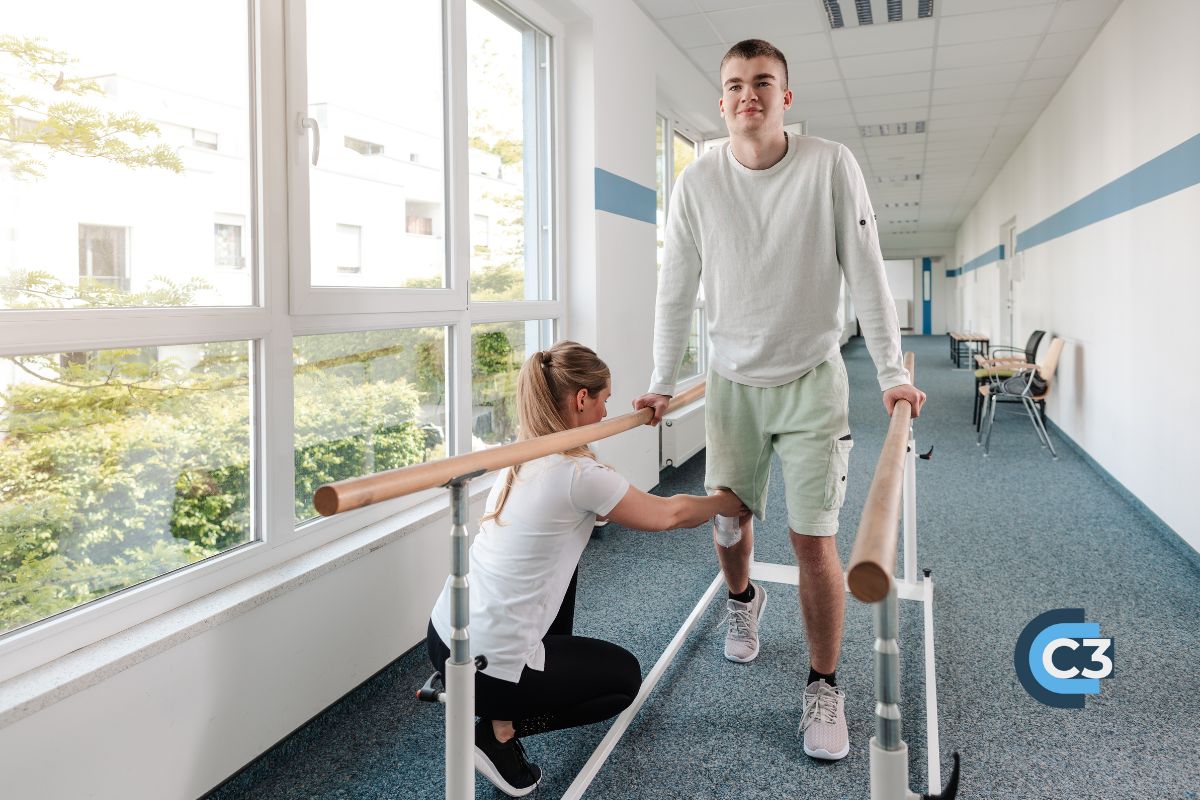For those who’ve followed my blog, it’s clear that the adjudication of workers’ compensation cases has undergone a significant transformation in recent years. Successful rehabilitation from a compensable injury now demands a holistic perspective, focusing on the entire individual, particularly the injured employee, and their active role in the recovery journey. This collaborative approach creates a positive ripple effect, leading to benefits for the injured employee, reduced expenses, and ultimately, the best possible outcome.
A Unified Approach to Recovery
When an injury occurs, the path back to a productive lifestyle doesn’t have to be a solitary one for the injured employee. All parties involved in a compensable injury—the employee, employer, carrier, and provider—must remain focused on best practices and what is most meaningful for everyone. This collaborative effort across every aspect of the injury should be a unified endeavor, offering significant advantages over traditional protocols. While short-term thinking in traditional approaches can often lead to lengthy claims processes, maintaining a collaborative focus on healing, rehabilitation, and a swift return to work fosters a positive mindset, ensuring the injured individual knows this event isn’t the end of their professional life.
The Power of Meaningful Transitional Work
One crucial, yet often overlooked, task with any new injury is an early discussion with the injured employee about how they can return to work in a meaningful way, even within their limitations. This proactive conversation helps maintain the injured employee’s productive mindset. Utilizing meaningful transitional work opportunities that accommodate all aspects of the recovery process contributes to both physical and mental healing.
Benefits of a Collaborative and Holistic Approach
This collaborative approach offers numerous benefits, including:
- More rapid recovery: A united effort expedites the healing process.
- Reduced medical costs: Efficient and targeted interventions can lower expenses.
- Improved employee satisfaction and retention: Employees who feel valued are more likely to return and remain with their employers.
- Markedly improved functional outcomes: Focusing on the whole person leads to better long-term results.
It’s important to remember that participants in this process aren’t simply treating symptoms; they are treating the whole person. Research consistently shows that employers who actively participate in an employee’s recovery see a significant return on their investment. There’s also a considerable psychological benefit: maintaining a positive mindset, understanding that adjustments can be made, and outlining new opportunities all contribute to the overall well-being of the injured individual.
Embracing a New Paradigm
In conclusion, a collaborative, meaningful return-to-work protocol is a cornerstone of the paradigm shift from an adversarial claims process to a true partnership. Demonstrating to the injured individual that every participant is invested in their personal recovery and rehabilitation has a profoundly positive impact. This focus should be paramount for every participant from the very beginning. Organizations and systems that embrace this specific endeavor don’t just manage claims more efficiently; they build stronger, more resilient workplaces that keep individuals on the job.

